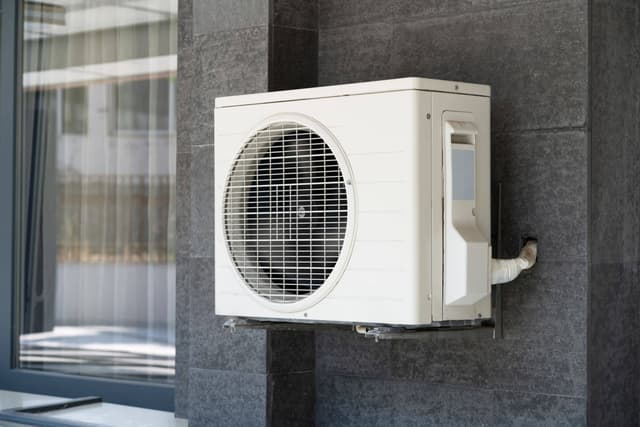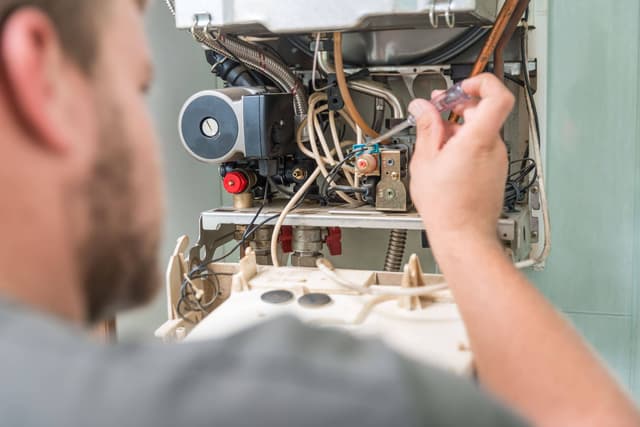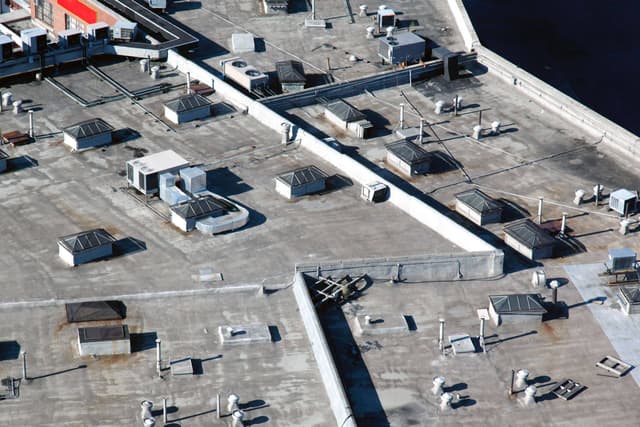UV Lights for HVAC System Disinfection and Sterilization: Enhancing Indoor Air Quality.
Understanding UV light and its role in HVAC disinfection
UV light plays a crucial role in disinfecting HVAC systems and can effectively disinfect air. Historically, UV germicidal research has shown its effectiveness in inhibiting microbial growth, with studies from the late 19th century to modern applications highlighting how UV light can kill bacteria, viruses, and other pathogens, thereby improving indoor air quality and system efficiency through air disinfection using ultraviolet germicidal irradiation.





















































































